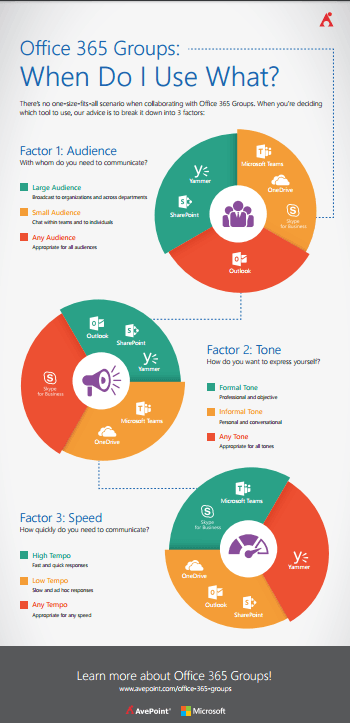

Since I have opened this session from a local SFB admin account I did not store the on prem credentials in this session. Import the SFB powershell module on the same session.
REMOVE SKYPE FOR BUSINESS FROM OFFICE 365 INSTALL
Make sure you install the Teams Module on the management server this as per this information. Launch the PowerShell on the management server where you have the SFB admin tools installed and have connectivity to SFB on prem FE and required tenant to establish the PowerShell session to the new Teams Module.
REMOVE SKYPE FOR BUSINESS FROM OFFICE 365 LICENSE
One more important thing to notify here is that the user that we are performing the move operation must have the appropriate license on the Office 365 so that the account gets enrolled on the Teams service.


It works with the split permission accounts OnPrem\Cloud with sessions established to SFBOnPrem and SFBO modules from the same PowerShell. In my case i attempted with Global Admin Credentials so not exactly sure about the behavior when we move directly to Teams only mode with granular permissions. For Online permission we must have Skype for business Admin and user administrator role. The Skype On premise admin account will require a minimum of csserver administrator role. Now need the required permissions to make this operation. So in my tenant as per the article the hostedmigrationoverrideurl is And this URL needs to be whitelisted on the outbound connection. The tenant URL for your subscription needs to be identified as per this Article. Once we have performed the server and tenant configuration now its very important that we need to allow requested URLs that will be resolved from the Management server where we are performing the operation. In the below example I have connected to Teams powershell session and have performed this task. Set-CsTenantFederationConfiguration -SharedSipAddressSpace $true Now we’ve made the required change on the on-premise Skype for Business environment we need to make the same change on the Office 365 tenant by enabling the shared sip address space with the below command.

New-CsHostingProvider -Identity Office365 -ProxyFqdn “” -Enabled $true -EnabledSharedAddressSpace $true -HostsOCSUsers $true -VerificationLevel UseSourceVerification -IsLocal $false -AutodiscoverUrl Īs we can see executing both the commands were successful in my case. Get-CsHostingProvider | ? | Remove-CsHostingProviderĪnd the next step is to enable the hosting provider with the below command. In order to do that the first step is to check if there is already hosting provider enabled and just in case if its present can we must remove them with the below command. Next step is to configure shared sip address space with Office 365 tenant. Set-CSAccessEdgeConfiguration -AllowOutsideUsers $True -AllowFederatedUsers $True -EnablePartnerDiscovery $True -UseDnsSrvRouting There are three simple steps involved in this procedure first part is to configure federation with the below command from the Skype for business server management shell. The next step is to configure the skype for business hybrid to the office 365 tenant where we are going to perform the move operation. In this example I have built a lab on my environment which has my local Directory identities below test accounts synched to the Azure AD.Īnd I have a standard Skype for Business 2015 environment running in the local active directory environment. If you are moving from a Skype for Business 2015 environment, ensure that the supported CU version admin tools is Skype for Business Server 2015 with CU8. These features and functionalities needs to be transferred completely to Microsoft Teams. If there is any PSTN integration with Skype for Business on-premise environment then these factors needs to be planned and executed in stages before phasing out Skype for Business On-premise and moving users to Teams Only Mode. There are lot of other factors that needs to be considered before making this change and this step can only be a final stage almost in any environment. This article outlines the technical steps that is required to move an on premise skype for business account to Teams only mode.


 0 kommentar(er)
0 kommentar(er)
